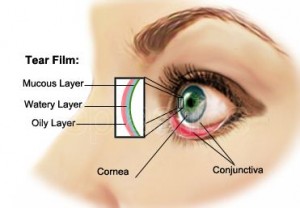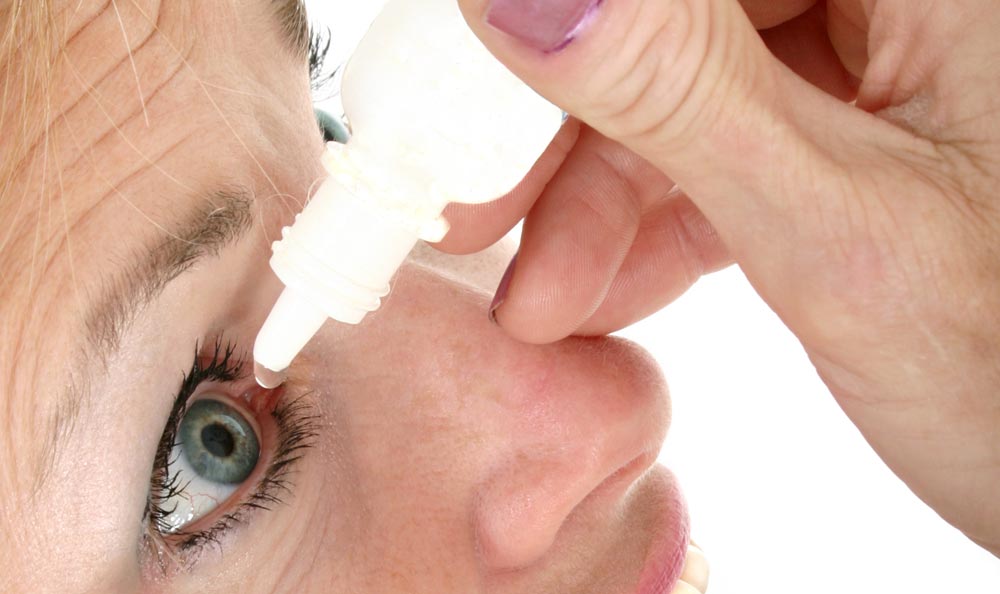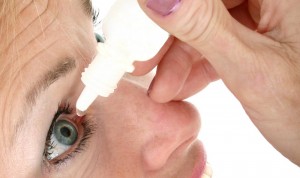 Treating Dry Eye Syndrome
Treating Dry Eye Syndrome
What is Dry Eye Syndrome?
Dry eye syndrome is condition wear your eyes are not getting enough moisture, usually a result of not enough tears, or inadequate tears being produced. Dry Eye Syndrome can cause your eyes to feel uncomfortable, including a stinging or burning sensation. Dry Eye Syndrome may be more noticeable in specific situations, such as when in air-conditioning, working on a computer, or on an airplane.
There are various treatment options for Dry Eye Syndrome, which can include lifestyle changes, eye drops and occasionally surgery.
Symptoms of Dry Eye Syndrome
There are various signs and symptoms to indicate you may be suffering from Dry Eye Syndrome. Symptoms include: a stinging, burning or scratchy sensation; eye fatigue; mucus in or around your eyes; excessive tearing; sensitivity to light; eye redness; difficulty with contact lenses; and even blurred vision.
If you are suffering from one or more of the listed symptoms, you will want to see a doctor. Your doctor will help determine if you are suffering from Dry Eye Syndrome, and may refer you to a specialist. An ophthalmologist will ask you questions to diagnosis your issue. She will ask you about your specific symptoms, when they began and whether they are chronic. She will ask whether over the counter drops have provided any relief, and also ask about any medications you take. She will likely conduct a comprehensive eye exam and may also analysis the volume and quality of your eye tears.
Types of Treatment
Many people will find relief from mild dry eye symptoms with over the counter eye drops. If the physician determines that a current medication is causing the symptoms, a different medication may be recommended. In some cases, prescription medications, or even surgery, are required to resolve the condition.
Over the Counter Eye drops: Some people find relief through over the counter artificial tear drops. There are many varieties available; consult your doctor to determine the best drops for you.
Medications: Antibiotics may be recommended, to reduce inflammation along the edge of your eyelids that is keeping oil glands from secreting oil into your tears. Prescription eye drops can also be helpful, in cases where there is inflammation on the surface of the eyes.
Prescription Eye Inserts: When medications are not effective, the ophthalmologist may suggest prescription eye inserts. The insert, which looks like a clear grain of rice, is placed between your lower eyelid and your eyeball. The insert slowly dissolves, releasing a substance that will lubricate your eye.
Tear Duct Treatments: Your ophthalmologist may suggest a treatment to keep your tears from leaving your eyes too quickly. In one procedure, silicon plugs are used partially or completely close your tear ducts, thus maintaining natural or added artificial tears. Another more permanent procedure, called thermal cautery, uses a hot wire to scar and shrink the tissues of the drainage area, closing the tear ducts.
Contact Lenses: For severe Dry Eye Syndrome, a special contact lens called a corneal shield is sometimes used. The lens helps shield the eye surface, maintaining moisture close to your eyes and and relieving dry eye symptoms.
Unblocking oil glands: A new treatment, called LipiFlo thermal pulsation, helps clear blocked oil glands by applying a pulsating massage to the lower eyelid. Positive results are usually seen in a few days.
Omega-3 Fatty Acids: Some studies suggest supplementing with omega-3 fatty acids may reduce eye inflammation. People experiencing Dry Eye Syndrome may consider supplementing with omega-3’s, and/or adding omega-3 rich foods to their diet, such as: flaxseeds, walnuts, salmon, tuna, sardines and omega-3 rich eggs.
omega-3’s, and/or adding omega-3 rich foods to their diet, such as: flaxseeds, walnuts, salmon, tuna, sardines and omega-3 rich eggs.
If you are suffering from Dry Eye Syndrome, schedule an appointment with our physicians at White Plains Eye Surgery, for a personalized assessment.


